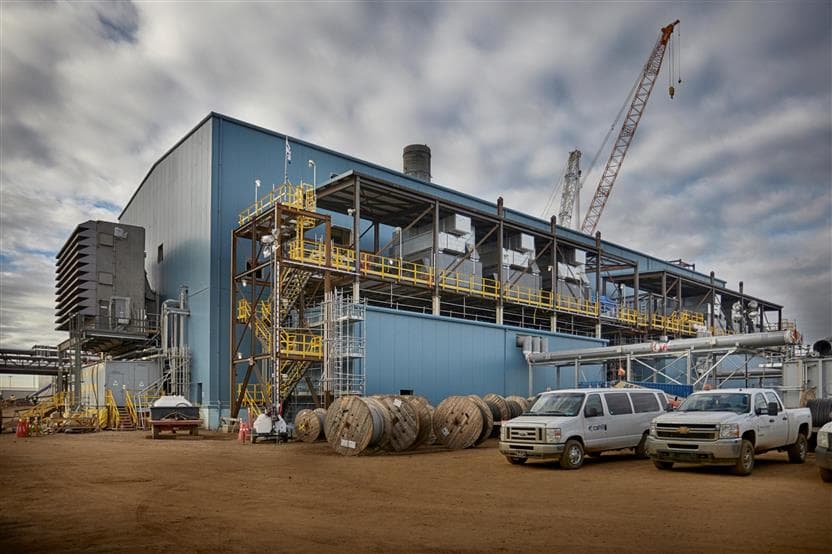Our base business consists of oil sands mining, in situ and upgrading operations, offshore production and refining and marketing operations.
Just five of our processes account for 97% of our oil sands emissions, of which approximately 60% is associated with heat and steam production, 15% with hydrogen production, 10% with power production, 7% with onsite transport, and 5% with energy imports.
Over the past decade, we’ve invested significantly in projects and technologies to lower our base business GHG emissions.
Carbon capture, and storage (CCS)
Carbon capture and storage (CCS) involves capturing and sequestering carbon dioxide (CO2) from large point sources or directly capturing it from the air. It is a critical technology for meeting global energy and net-zero climate objectives. CCS is recognized by most energy forecasts as key to achieving the goal of the Paris Agreement.
It will be a fundamental component of our net-zero by 2050 efforts and we are collaborating across the industry and with governments to implement it at scale.
Fuel switching
Fuel switching is substituting a higher GHG-intensive fuel with a lower GHG-intensive one, such as substituting coal and coal-fired power plants with hydrogen or using natural gas to generate electricity through cogeneration which lowers GHG emissions.
Cogeneration
Cogeneration is the process of producing both steam and electricity through a natural gas-fueled process. All our oil sands facilities use cogeneration technology to meet our steam and electricity needs, and we are in the process of converting the petroleum coke-fired boilers at our Oil Sands Base Plant to cogeneration units.
Our Base Plant Cogeneration project is an example of fuel-switching, where we are replacing coke combustion with natural gas cogeneration. In addition to providing the facility with the steam needed for operations, these units will produce 800 megawatts of electricity, roughly 7% of the current power demand in Alberta. The project is expected to be commissioned by late 2024 and will result in approximately 1 megatonne (Mt) per year of direct scope 1 and 2 emission reductions.
Energy efficiency
Efficient use of our resources, including energy, is closely tied to operational excellence and is one of our strategies to address base business emissions. For us, operational excellence means operating in a way that is safe, reliable, cost-efficient and environmentally responsible. This improves efficiency by reducing downtime and enhancing the integrity and reliability of our assets.
We manage a portfolio of initiatives to improve production efficiency, reducing energy requirements as well as costs. These initiatives include:
- replacing aging assets with modern designs
- digitalization such as advanced process controls and optimizers
- new chemistry aids
- additive manufacturing for process optimization including improved reliability
- simple process reconfiguration
- steam, boiler feedwater, and heat integration to maximize steam generation efficiency



.jpg?mw=304&modified=20230221213248&hash=A977B81C343C8F5A0E24741FDDB8BF9F)

